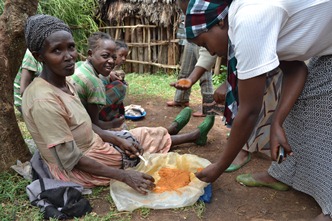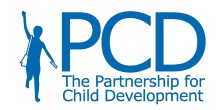 Community Engagement
Community Engagement
 Varying Community Engagement
Varying Community Engagement
Community involvement in school feeding programmes varies from country to country. In Botswana for example, parents often pay fees to the Home Grown School Feeding programme, provide firewood or help with teacher salaries, whereas in Chile, communities help with constructing school infrastructure and in the running of school gardens.
Responding to Needs
In recent cases, communities have also become involved in helping to provide an income for cooks, and there are opportunities for developing local catering services, as well as enterprises for tradesmen and school level structures. The strongest HGSF programmes are those which respond to the needs of the community, ensuring they are locally owned, and which incorporate some form of parental or community contribution, whether through cash payments or in-kind. (In-kind payments could be for example, donated food or labour).
Programmes that build in this component from the beginning and consistently maintain it have the most success, and these programmes are also the ones which are most likely to make a successful transition from being funded by donor assistance to those which are nationally owned and led.
Key Resources
- Community participation and the links between agriculture nutrition and education in Mali
- Engaging communities evaluating social accountability in school feeding programmes
- P4P Purchase for Progress a Primer
- Ghana supply chain assessment and GSFP integration




